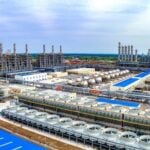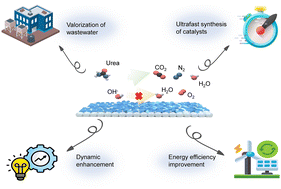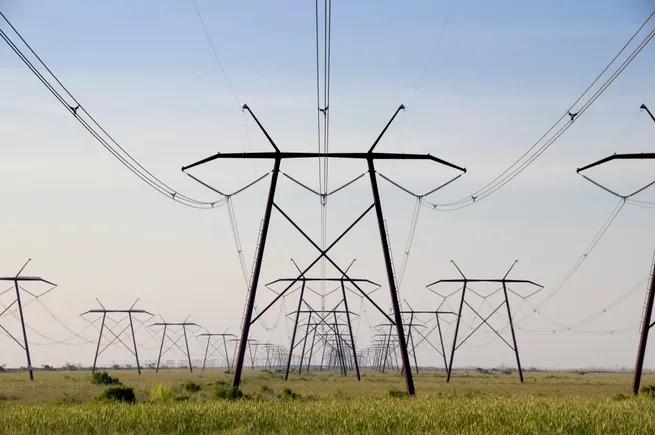Heteroepitaxy with PbSe Nanocrystals Enables Highly Stable Wide‐Bandgap Perovskite Solar Cells
Advanced Energy Materials, EarlyView.

This study introduces a novel method to improve the stability and performance of perovskite-based tandem solar cells. By incorporating ligand-free PbSe nanocrystals into mixed-halide perovskite films, phase segregation is suppressed, resulting in high-efficiency and high-stability devices. The wide-bandgap perovskite cell achieves a 22.87% power conversion efficiency, while the tandem cell reaches 28.24%.
Abstract
The perovskite-based tandem solar cell is one of the promising technological pathways to achieve high efficiency. However, the mixed-halide perovskite top cell is prone to phase segregation under continuous illumination, which leads to rapid degradation of the tandem device's overall power output. To tackle this challenge, ligand-free lead selenide (PbSe) nanocrystals are introduced into the precursor solution to promote the heteroepitaxial growth of mixed-halide perovskite. The incorporation of PbSe results in a high-quality perovskite film with excellent uniformity and low defect density, effectively suppressing halide phase segregation. This improved perovskite thin film enables the fabrication of wide-bandgap (1.68 eV) perovskite Cs0.05(FA0.77MA0.23)0.95Pb(I0.77Br0.23)3 p-i-n devices, achieving a power conversion efficiency (PCE) of 22.87% and a fill factor (FF) of 84.79%. After 1000 h of maximum power point (MPP) tracking under 1-sun continuous illumination, the perovskite solar cells retain 88% of their initial efficiency. Additionally, by mechanically stacking the semi-transparent perovskite on copper indium gallium selenide (CIGS) solar cells, the 4-terminal tandem cell has demonstrated a PCE of 28.24%.






















































































































































